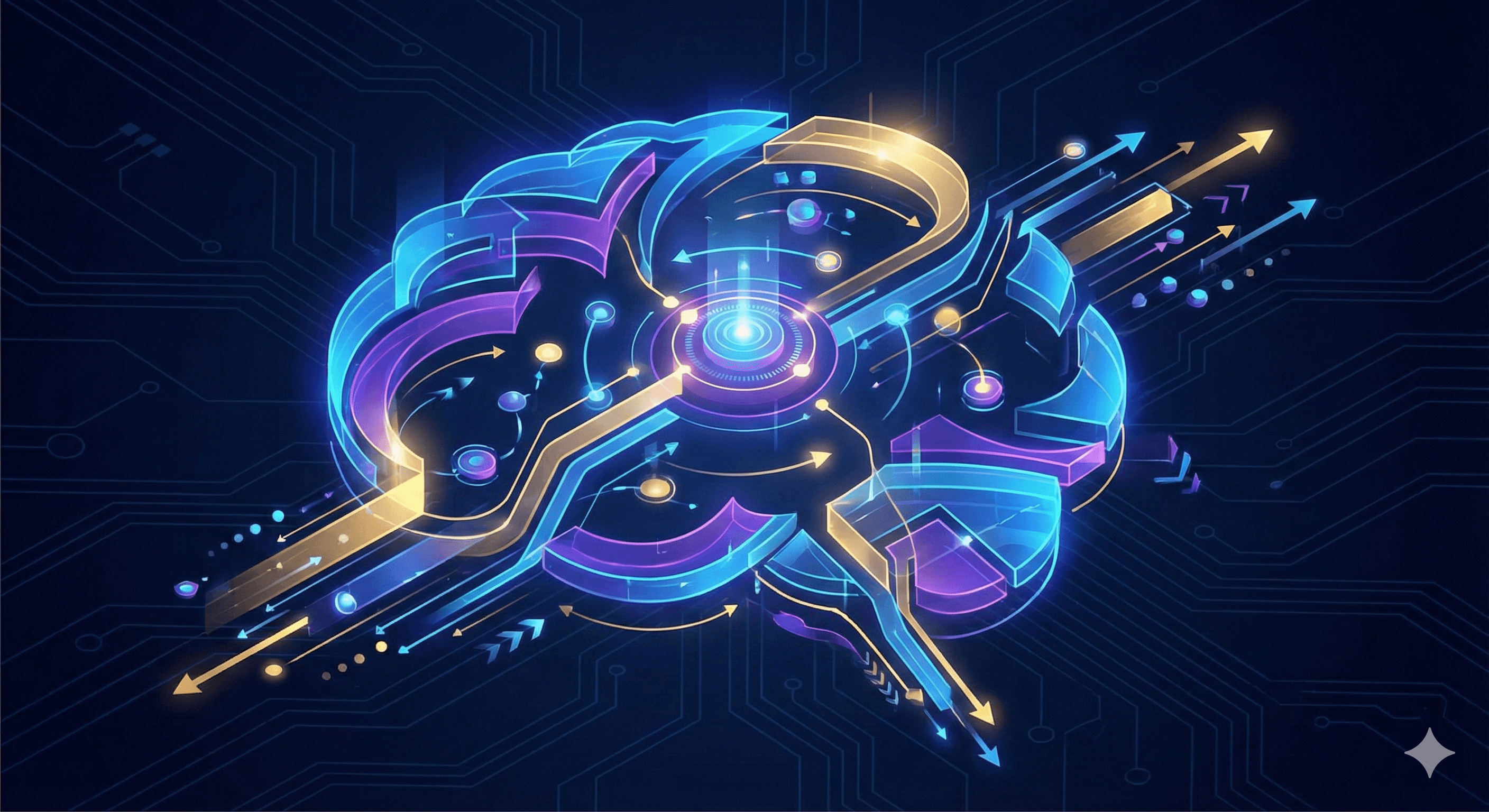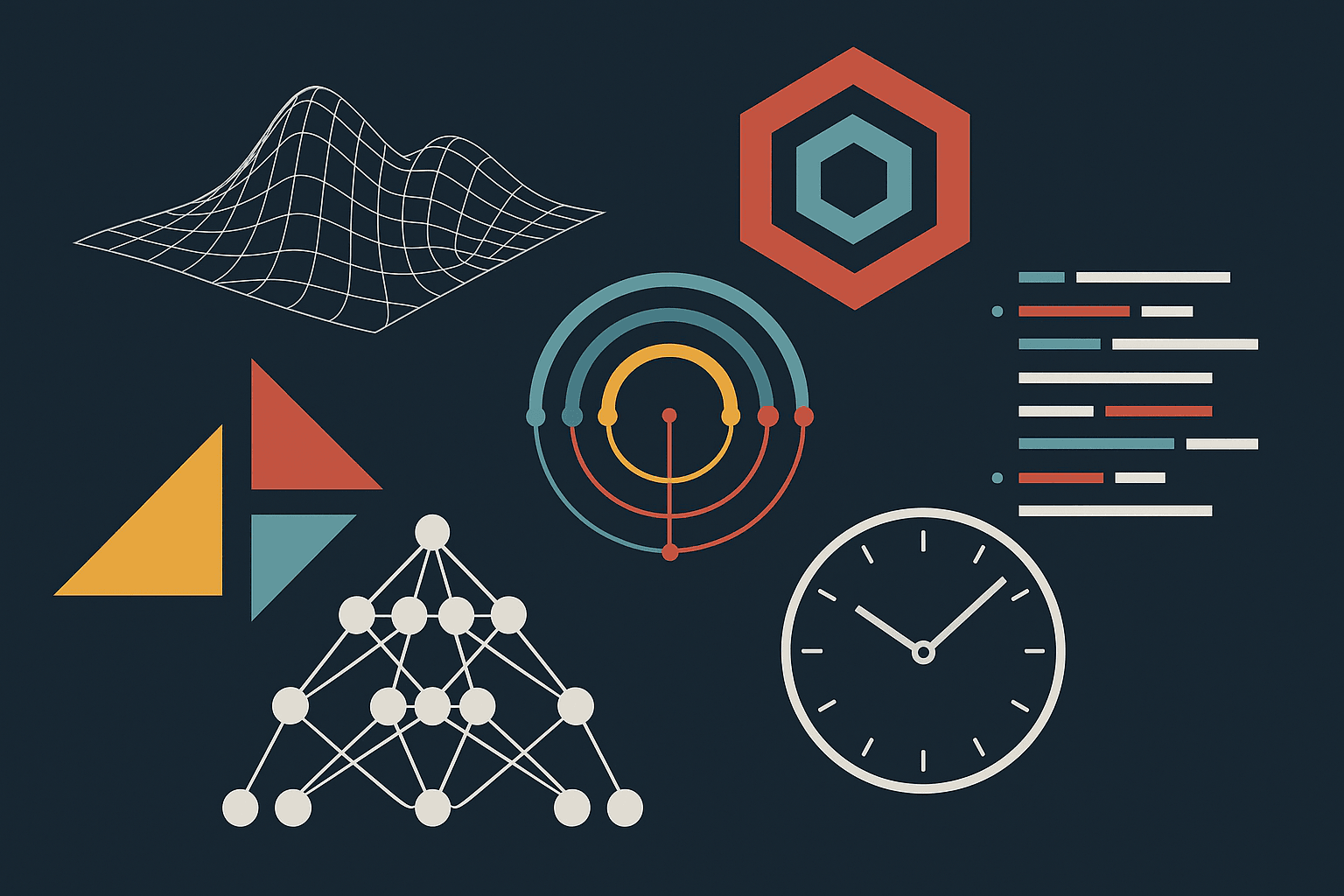
The Data Ingestion Mirage: Why Your BigQuery + Airflow Stack Isn’t Modern Anymore
The Comfortable Lie: “We’ve Modernized Our Data Stack”
Everyone’s saying it.“We’re on BigQuery.”“We’ve automated pipelines with Airflow.”
Cue the applause, the cloud badges, the LinkedIn post about your modern data platform.
But here’s the uncomfortable truth: most so-called modern data stacks are just expensive, cloud-hosted legacy systems wearing shiny new badges.
At BluePi, we’ve seen it firsthand — migration projects where Airflow DAGs become spaghetti code, BigQuery is treated like an infinite warehouse, and teams are drowning in YAML instead of delivering insights.

📺 The Real Bottleneck Isn’t Infrastructure — It’s Architecture
BigQuery and Airflow are great tools. But the way 90% of enterprises use them? A performance tax waiting to happen.
Three patterns we see repeatedly:
- Ingestion overload: Every upstream source gets its own DAG “for flexibility.” Result — 700+ DAGs, half failing silently.
- Warehouse bloat: Incremental loads aren’t truly incremental — entire tables are rewritten daily “just to be safe.”
- Schema chaos: “Auto-detect” everywhere, no lineage, no ownership. When a field changes, nobody knows what broke.
If your data team spends more time debugging Airflow operators than writing business logic, you haven’t built a modern stack. You’ve built a distributed batch monster.

⚡️ The BluePi Way: Rethink Ingestion from First Principles
Here’s the mental shift we push clients toward:
Legacy mindset
Data‑driven mindset
“Ingest everything daily.”
“Ingest only what changed, when it matters.”
“Orchestrate with DAGs.”
“Coordinate with metadata and event-driven triggers.”
“Centralize ETL logic.”
“Push transformations closer to the source.”
“Rely on retries.”
“Design for idempotency and observability.”
The goal isn’t just faster ingestion — it’s self-healing pipelines where metadata is the source of truth, not hard-coded DAG dependencies.
At BluePi, we’ve implemented this across enterprise environments using:
- BigQuery’s Change Data Capture (CDC) with row‑key deltas for micro‑batch precision.
- Pub/Sub and Cloud Functions for real‑time trigger-based ingestion.
- Dataform or dbt for declarative transformations instead of DAG orchestration.
- Custom monitoring hooks that validate row counts and schema drift before failures cascade.
The result? Up to 65% reduction in ingestion cost and 3× faster validation cycles — not because we “optimized Airflow,” but because we outgrew it.
💥 The Hot Take: Airflow Isn’t the Future — Metadata Is
Airflow was designed for batch orchestration, not metadata awareness.It’s great at what to run, but dumb about why it’s running.
Future-proof data platforms won’t schedule DAGs — they’ll react to events, data contracts, and schema versions.
The shift from orchestration to coordination is the real modernization.And it’s happening quietly — in the pipelines that don’t fail at 3 a.m.
🧾 The Bottom Line
If your data team celebrates “zero failed DAGs” as a KPI, you’re measuring the wrong thing.Measure data trust, latency to insight, and cost per transformation instead.
Because the companies that win the next decade won’t just collect data — they’ll architect for change.
🔗 Ready to Rethink Your Ingestion Architecture?
BluePi helps enterprises move from orchestration-heavy pipelines to metadata-driven ingestion frameworks on BigQuery, Vertex AI, and beyond.👉 Talk to our Data Engineering team at bluepiit.com/contact

About Pronam Chatterjee
A visionary with 25 years of technical leadership under his belt, Pronam isn’t just ahead of the curve; he’s redefining it. His expertise extends beyond the technical, making him a sought-after speaker and published thought leader.
Whether strategizing the next technology and data innovation or his next chess move, Pronam thrives on pushing boundaries. He is a father of two loving daughters and a Golden Retriever.
With a blend of brilliance, vision, and genuine connection, Pronam is more than a leader; he’s an architect of the future, building something extraordinary
Related Posts
View all postsData engineering involves designing systems to collect, store, and analyze data efficiently.
Discover how Snowflake Data Clean Rooms enable privacy-preserving data collaboration across industries. Learn how organizations can unlock insights without moving or exposing sensitive data.
Understanding the different types of cloud computing service models is essential for businesses looking to build comprehensive data practices.
Warm pools eliminate most cold starts; autoscaling is token-aware. Sub-300 ms p95 is theoretically achievable for short prompts on Gemma 2B with a warm replica.
Nested Learning treats models as several coupled optimization problems that run at different speeds (“levels”).




